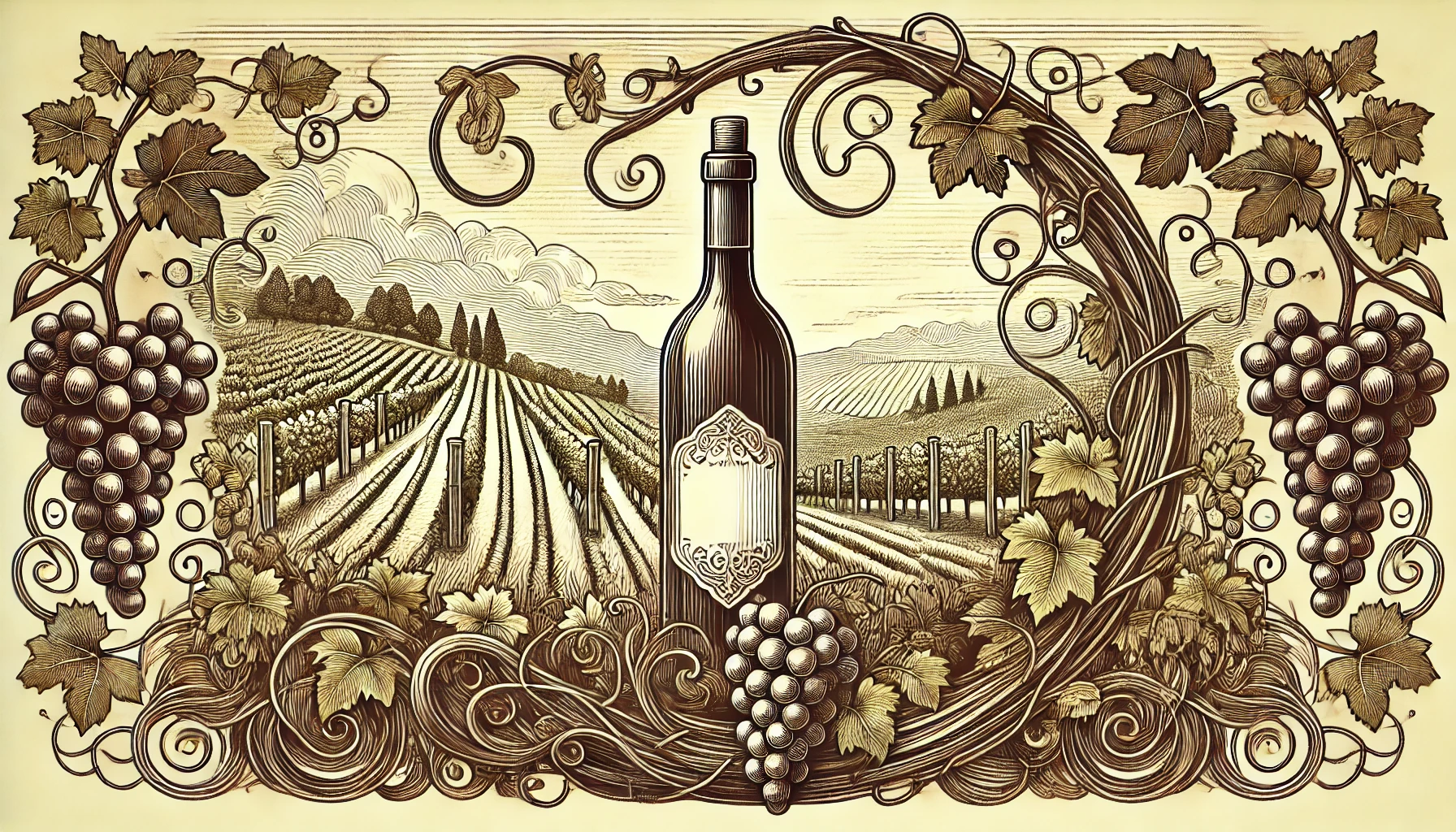
Wild fermentation is a winemaking process that relies on native yeast to convert grape sugars into alcohol. Instead of adding commercial yeast strains, winemakers let the natural yeast present on grape skins and in the winery environment initiate fermentation. This method embraces the unique microbial ecosystem of the vineyard and cellar.
When I choose wild fermentation, I tap into the diversity of indigenous yeast strains. These yeasts contribute distinct flavors and aromas to the wine. Each vineyard has its own yeast population, which can vary from year to year. This variation adds complexity and a sense of place, or “terroir,” to the wine.
The process begins after harvesting the grapes. I crush the grapes and allow the juice, known as must, to sit. The native yeasts start fermenting the sugars without any added yeast. This spontaneous fermentation can take longer to begin compared to using commercial yeast. Patience is key during this stage.
Why Use Wild Fermantation?
Wild fermentation can produce wines with more nuanced and layered profiles. The interplay of different yeast strains creates a symphony of flavors. I might notice earthy notes, funky aromas, or unexpected fruit characteristics. These elements make the wine intriguing and unique.
However, wild fermentation comes with challenges. Native yeast populations can be unpredictable. Some strains might struggle to complete fermentation, leaving residual sugar in the wine. There’s also a risk of unwanted bacteria interfering, which can spoil the wine. To mitigate these risks, I monitor the fermentation closely and maintain a clean winery environment.
Temperature control is crucial during wild fermentation. I keep the fermentation vessel at optimal temperatures to encourage healthy yeast activity. Too much heat can kill the yeast, while too little can slow down the process. Balancing these factors helps ensure a successful fermentation.
Many natural and biodynamic winemakers prefer wild fermentation. It aligns with minimal intervention philosophies. By letting nature take its course, I allow the wine to express its true character. This approach respects the grapes and the land they come from.
Consumers interested in authentic and artisanal wines often seek out bottles made with wild fermentation. They appreciate the individuality and story behind each wine. When I label a wine as wild-fermented, it signals a commitment to traditional methods and a celebration of terroir.
In summary, wild fermentation is a traditional winemaking technique that uses native yeast to ferment grape juice. It enhances the wine’s complexity and connects it to its origin. While it requires careful management, the rewards are wines that offer a genuine and expressive taste experience.
Curious about more wine terms and insights? Visit our Wine Wiki section and explore the basic wine terms for expert definitions and tips!